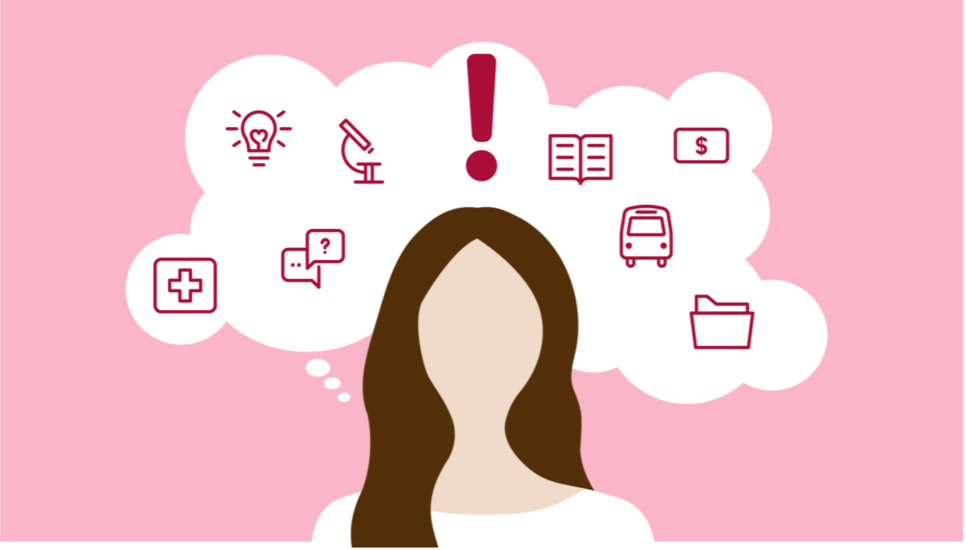


Dr. Louise Lubin is a clinical psychologist who has practiced adult, family, and marital therapy for more than 40 years. Her book, “Your Journey beyond Breast Cancer: Tools for the Road,” is an interactive guide to restoring, reviving, and rebuilding patients’ lives at any milepost on their breast cancer journey.
In this three-part series, she shares thoughtful tools for taking care of yourself, harnessing fear, and restoring mind, body, and spirit.
I have walked along this path as a therapist for women with breast cancer for 40 years. This sisterhood of women has been my teacher and provided me with many life lessons.
The challenge of breast cancer is this: It requires you to take charge of your health yet accept that you need not and cannot do it alone. There will be times of fear and uncertainty that may occur long after the initial diagnosis and treatment. This is part of the ever-changing process when you face a serious life challenge. There may be many different life events or triggers that cause you to feel uncertain and anxious. You may worry about how you will manage your treatment or how your family will manage their changing roles and responsibilities. Any event, such as “your cancerversary,” can remind you of what you have been through.
We all need tools when facing any challenge that demands us to change and cope. Anxiety is about the future. Stress is about any change you fear you cannot manage. To manage this uncertainty, you need knowledge of your body and how to care for it.
Your autonomic nervous system, the part of your nervous system that regulates involuntary functions such as breathing, digestion, heart rate, and blood pressure, reacts to your fears about the future as if you were in real physical danger. Try to become aware of how your body reacts when you feel anxious or afraid. Awareness is the first step to creating change.
The fastest way to calm your body is to use your breath. Here are three steps:
It is helpful to breathe in on a count of 1-2-3-4. Pause and hold your breath for a count of five and slowly exhale to a count of 1-2-3-4-5-6-7 through your nose or mouth. Try to do this for a total of 3-5 minutes. Don’t push or force your breath, and stop to pause if you get light-headed. Keep your breathing smooth and regular.
When you are anxious, letting air out of the top part of your lungs with a strong exhale can be very helpful. Making an “ahhh” sound can help you to settle back into your body with more awareness.
Adjust your breathing anyplace and anytime. Try the following with your eyes open or closed, depending on what you are doing:
Your breath is with you every moment of every day and can be an anchor, no matter what you are experiencing.
Follow these steps to gaining awareness and shifting that awareness as you need:
By shifting your awareness back and forth several times between what’s going on in your body and what’s going on around you, you learn in a physical way that you can control the perspectives of your world—internal or external—that you notice. You can gain a sense of control over how you react to physical sensations and become better able to manage anxiety. You can grow your ability to observe your thoughts and sensations. In a stressful situation, the goal is to respond, not just react.
Look for the next post in this three-part series from Dr. Louise Lubin, with tips on redirecting your mind in times of need, including the powerful “STOP” method.
Donations are always appreciated, but there are lots of great ways to get involved.
Can you please mail me the book? Thank you
Hi Aundraya. We don’t have copies of Dr. Lubin’s book, but you can order one on Amazon. Here is the link to Dr. Lubin’s book on Amazon: https://a.co/d/0tgIXqw
I have been angry and quick reenactment for over 40 years that it comes so quickly and easily I can’t seem to grasp these concepts. I feel I have been misdiagnosed with depression and mania and with limited resources it just seems impossible.